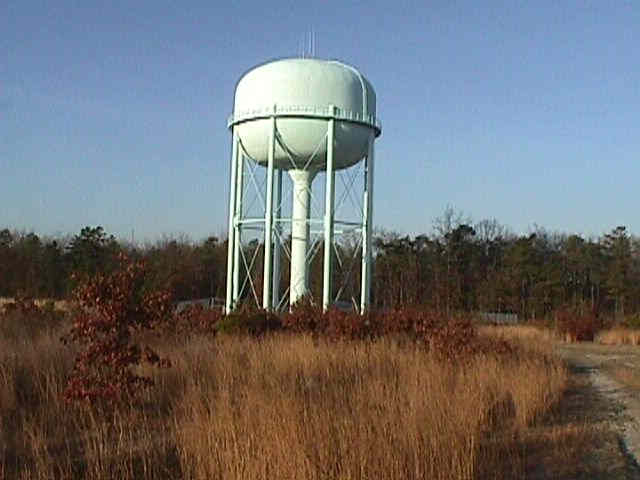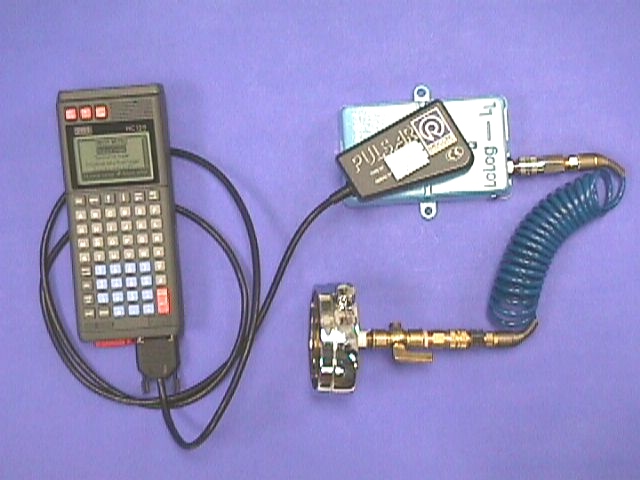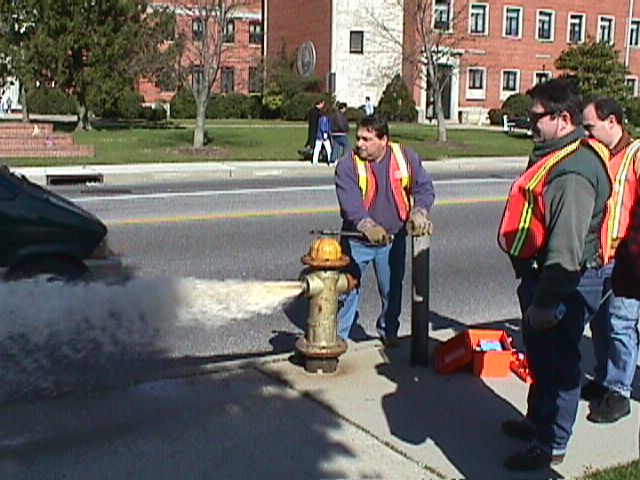





Optimization Model and Algorithms for Design of Water Sensor Placement in Water Distribution Systems
J. Guan , M. M. Aral , M. L. Maslia and W. M. Grayman
Abstract
In this entry for the “Battle of the Water Sensor Networks (BWSN),” the authors develop a closed-loop algorithmic process for the optimal design of water sensor placement in water-distribution systems. The proposed solution, the simulation-optimization methodology, focuses on the relation between the input and output of the water-distribution system and not on the topological structure of the system. The proposed model is based on a single objective function approach as opposed to a multi-objective case. However, unlike conventional single objective models, the proposed objective function incorporates multiple factors such as time of detection, contaminated water volume, population affected, and reliability of the optimal system—in this sense it mimics a multi-objective approach. A reliability constraint is also introduced to the optimization model so that the minimum number of sensors and their optimal placement can be identified while satisfying a pre-specified reliability criterion for the system. An improved genetic algorithm is proposed for the solution of the model. The algorithm works on a subset of the complete set of junctions present in the system (junction subdomain) and the final solution is obtained through the evolution of subdomains. The proposed algorithm is applied to two test networks to assess four quantitative design objectives: (i) expected time of detection; (ii) expected population affected prior to detection; (iii) expected contaminated water demand prior to detection; and, (iv) expected likelihood of detection. The results show that the proposed model and the algorithm are effective and efficient.